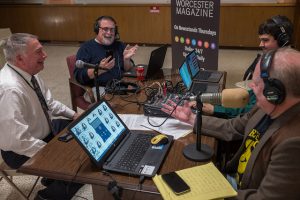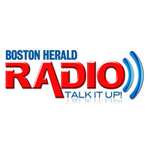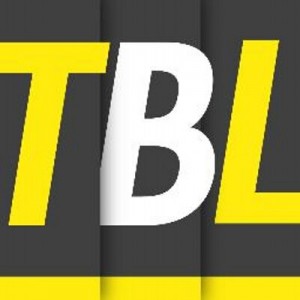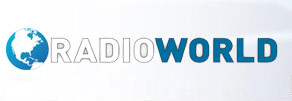Q: How does a Midwestern junior high classroom radio station manage to produce and deliver dynamic on-demand audio the same way as a champion NBA team or 24/7 nationwide sports network?
A: By harnessing the hottest cloud technology to reach an exploding “smart speaker” audience, including 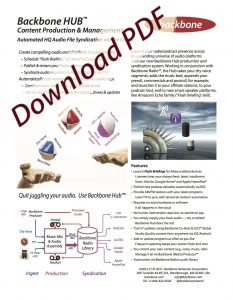 Amazon’s Echo “Flash Briefings”, as well as other outlets—using Backbone, of course. (more about Lincoln Jr. High, below)
Amazon’s Echo “Flash Briefings”, as well as other outlets—using Backbone, of course. (more about Lincoln Jr. High, below)
 Backbone Hub™, the incredible, new product set in our “cloud-based” ecosystem, is both a multi-destination distribution engine for your recorded content and a hands-free production tool that adds music and pre-rolls to your dry voice recordings. The result is an automated workflow allowing one person to remotely—via iOS® or Android®— record a spoken segment, and have it dynamically gift-wrapped with music and simultaneously delivered to Alexa, Google Home, AM/FM automation systems, and even as a podcast, with no further effort. (We’re announcing Backbone Hub at NAB 2018 in Las Vegas—Booth 5721— and previewing at IBS NYC).
Backbone Hub™, the incredible, new product set in our “cloud-based” ecosystem, is both a multi-destination distribution engine for your recorded content and a hands-free production tool that adds music and pre-rolls to your dry voice recordings. The result is an automated workflow allowing one person to remotely—via iOS® or Android®— record a spoken segment, and have it dynamically gift-wrapped with music and simultaneously delivered to Alexa, Google Home, AM/FM automation systems, and even as a podcast, with no further effort. (We’re announcing Backbone Hub at NAB 2018 in Las Vegas—Booth 5721— and previewing at IBS NYC).
We’ll tell you more about our sports clients later, but first here is what Indiana’s Storm Radio is doing, from Literacy Shop Talk
“Alexa, Give Me LJH Storm Radio Flash Briefing For Today”
BY: PAULA NEIDLINGER – FEB• 20•2018 Twitter: @PNeid
Are you completely confused by the title? If I captured your attention- please continue reading to find out how you can use the Amazon Echo in the classroom for student podcasts and Internet radio stations.
Yes, your students’ podcasts and radio shows can now be heard through the Flash Briefing setting within your Echo/Alexa device. What an exciting opportunity for all students. Their voices can now be heard beyond the classroom walls. Aren’t we all searching for global audiences? What an exciting opportunity for all students and teachers.
Within my mass media classroom structure, students have the opportunity each day to have their voices heard through our Storm Radio program. We are now finishing our fourth year with Backbone Networks, the provider of our classroom Internet radio station. Backbone has enabled our classroom station to operate 24/7 using an integrated radio automation system, which streams to a worldwide audience and automatically creates listener logs and reports for me on a regular basis. With no more than a Mac, mic, and audio board, we operate Storm Radio from the classroom 24/7. Students write and produce their shows daily, utilizing school, community, and world news. Additionally, our Lincoln Jr. High student DJ’s entertain calls from their listeners using our Backbone Talk broadcast phone system. This system provides engagement with our audience in Plymouth, Indiana, and beyond.
Now, let’s continue with the “BIG” news! Using backbone’s new product ‘backbone hub’, we are now able to deliver media from our
radio database automatically as an Amazon Alexa flash briefing — as well as stream that same content on air and deliver to a podcast RSS feed. If you own an Echo Device, check out our podcast through the Flash Briefing content on your Echo/Alexa device.
Directions:
- Open your Alexa app
- Go to settings
- Scroll down to Flash Briefings
- Search Content for LJH Storm Radio
- Enable Content
- Ask Alexa for your Flash Briefings Update each day
Yes, it’s that simple. Providing students with the opportunity to have their voices heard, both within the walls of Lincoln Jr. High and beyond, is possible through an Internet radio program. Not only can you listen to Storm Radio through our LJH Digital Storm website and TuneIn app, you now can hear the latest news each day through Flash Briefings on your Echo device; just say, “Alexa, give me my LJH Storm Radio Flash Briefings today.”
Are you excited now? Think of all the possibilities for student podcasting. I’d love to hear from you. My students are always eager to connect through the “Radio Waves.”
[/vc_column_text][/vc_column][/vc_row]
